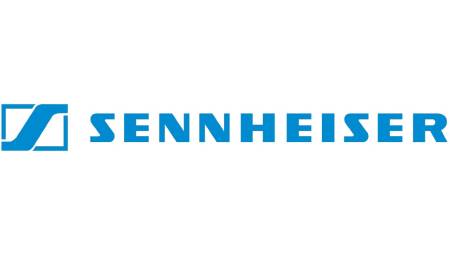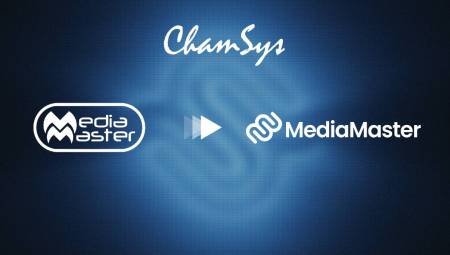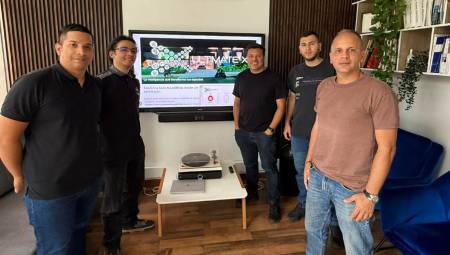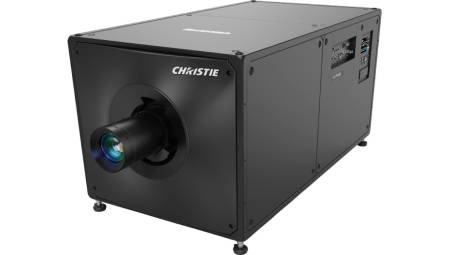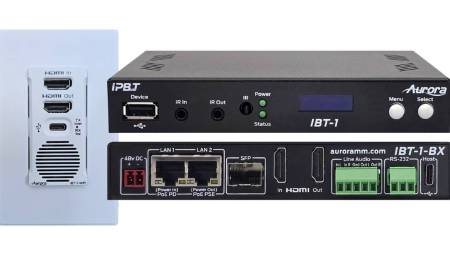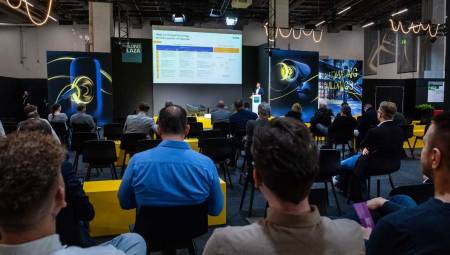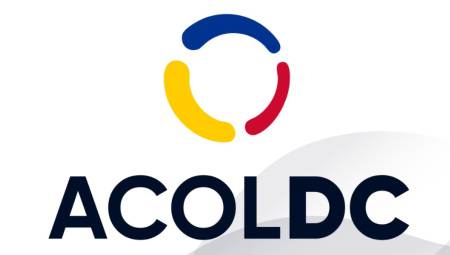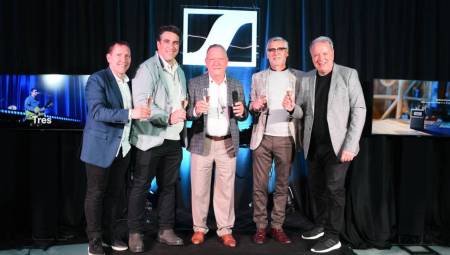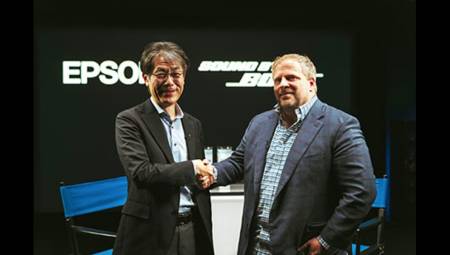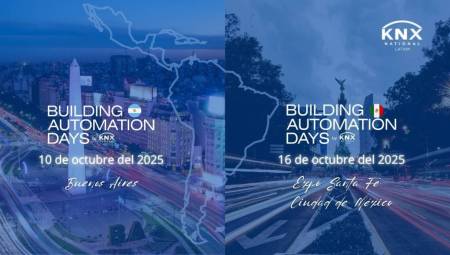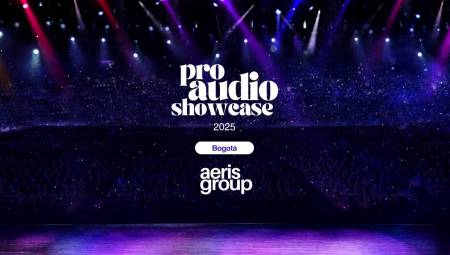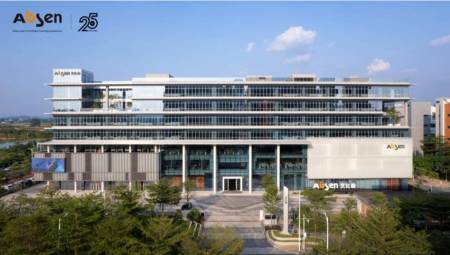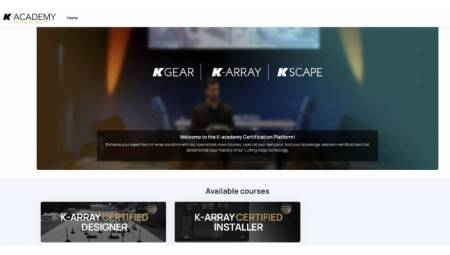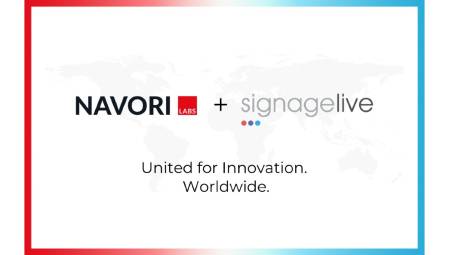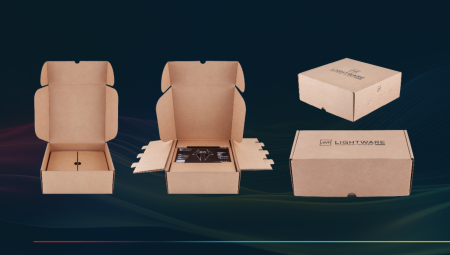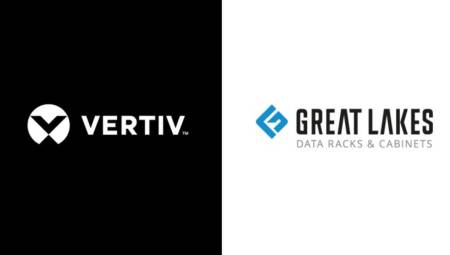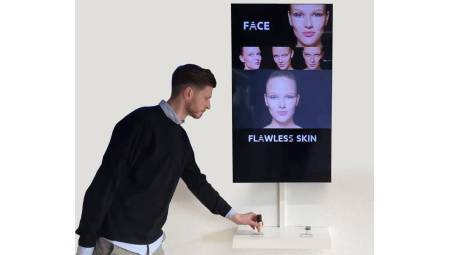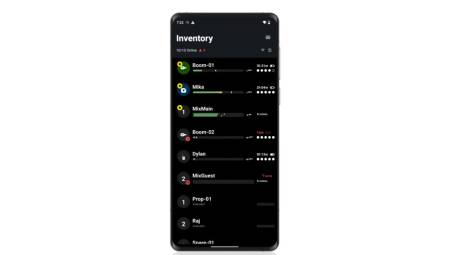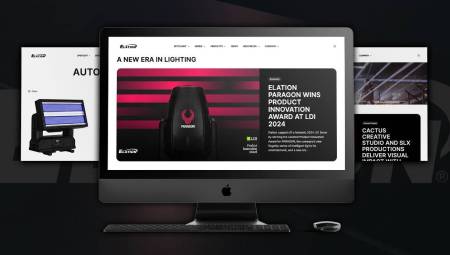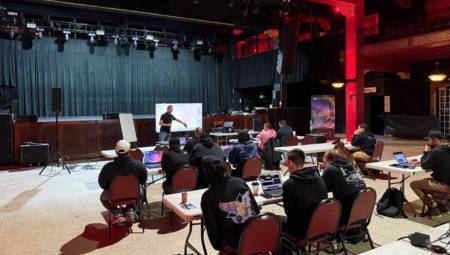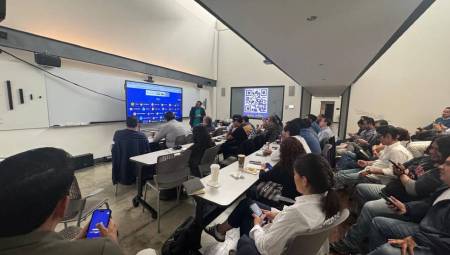 Latin America. Plus, it's not always better: A unique, dynamic microphone beam is all Sennheiser's innovative ceiling microphone needs to pick up superior audio in any conference room. Instead of using many static beam zones, the audio specialist is advocating an approach that uses a dynamic beam that automatically centers the active speaker and follows his voice no matter where he moves within the room.
Latin America. Plus, it's not always better: A unique, dynamic microphone beam is all Sennheiser's innovative ceiling microphone needs to pick up superior audio in any conference room. Instead of using many static beam zones, the audio specialist is advocating an approach that uses a dynamic beam that automatically centers the active speaker and follows his voice no matter where he moves within the room.
In a new whitepaper, Sennheiser describes how the patented technology of its TeamConnect Ceiling 2 microphone differs from other solutions that use beamforming to deliver crisp audio quality and enable incredibly natural conversations.
Beamforming technology that locates and evaluates sound sources by suppressing interference has revolutionized the microphone market. For both installation and use, beamforming products perform better than conventional microphones and have proven to be particularly attractive as a solution for conference and meeting rooms. Smart microphone arrays offer low installation costs, invisible wiring, improved audio quality for remote participants, and freedom of movement thanks to a wide area of location and voice obtaining.
Not all beamforming technology is the same
In the case of ceiling microphone arrays, there are actually different types of beamforming technology, and Sennheiser's new whitepaper explains why not all of these are created equal. Other solutions use static beamforming for specific areas that force the speaker to remain fixed in them. However, automatic and dynamic beamforming technology is an alternative that offers much greater flexibility.
While the former uses several static beams at the same time, dynamic solutions use a single beam that automatically aligns in milliseconds according to the position of the speaker.
Contrary to popular belief, having several beams does not increase functionality. Quite the opposite, in fact: A look at the characteristics of the beams shows that the decisive criterion is in the way the beam works (e.g., flexible vs. static). Unlike a system that uses predefined beamforming zones and directions, a dynamic beam allows for greater flexibility for day-to-day use. At the same time, a dynamic beam system reduces the time required for installation and configuration and does not need to be continuously reconfigured.
The paper describes the limitations of static systems, in which, for example, they can make a speaker difficult to understand if he moves beyond the position in which the initial beamforming was preconfigured, resulting in that if he must move to the whiteboard or screen to point out something, miss what you are saying.
On the contrary, automatic and dynamic beamforming technology changes the whole game, since the flexible beam allows changes to be made according to the needs of the speaker without the need for a reconfiguration. In addition to giving maximum freedom of movement during meetings, this automated and flexible approach means there are fewer requirements for technical support, as there is no need to reconfigure microphone beamforming zones when changing or when the number of attendees in the room increases.
What does "automatic, dynamic and flexible beamforming technology" mean?
Sennheiser's TeamConnect Ceiling 2 is the only ceiling microphone array with a patented combination of real-time recognition of the speaker, thanks to automatic and dynamic beamforming technology. In practice it works by first detecting the position of the person speaking and then aligning their directivity to this position in real time.
The microphone's 28 omnidirectional capsules within the TeamConnect Ceiling 2 array record all audio signals in the meeting room and select the corresponding speaker's voice in real time using digital signal processing. This means that the system can determine the position of the person speaking at any time, regardless of whether they are sitting, standing or moving. Since the realignment of beam directivity takes only a few milliseconds, there is no loss of audibility even during intense and fast conversations.
"Understanding the difference between beamforming microphones is the key to finding a solution that offers the level of flexibility that every business requires," said Jens Werner, Business Communication Portfolio Manager. "By comparing the two beamforming technologies, our whitepaper helps those who are new to this innovation understand the advantages of dynamic and automatic beamforming over products that are limited to predefined speech zones. More quantity isn't always better when it comes to beams, but greater flexibility and freedom for business certainly are!"
For the full white paper, click here.









































